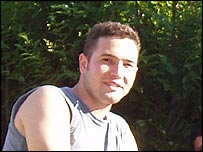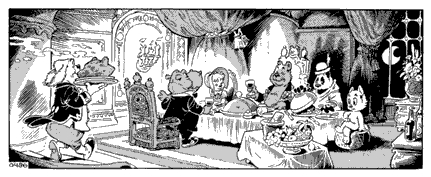From the Sunday Times:
Gareth Peirce, one of Britain’s most prominent defence lawyers, is representing the family of de Menezes against the police. The Independent Police Complaints Commission is studying CCTV footage that caught de Menezes’s last moments. What is already clear is that the initial accounts of his death on July 22 were wrong.
When the shooting at Stockwell Underground station was first confirmed, a senior police source told reporters, off the record, that they had killed one of the would-be suicide bombers who was on the run after the failed July 21 bombings. Sir Ian Blair, the Metropolitan police commissioner, said that the shooting was “directly linked” to the terrorist operation.
The man, according to the police, was suspect because of his “clothing and behaviour”. He had been followed from a house that had been under surveillance. When he was challenged at Stockwell, he ignored instructions and ran. He had vaulted over the ticket barrier and was wearing a dark bulky jacket that could disguise a bomb.
One witness had de Menezes as an Asian with a beard and wires coming out of his torso. The truth is more mundane. De Menezes, an electrician, was travelling to north London to fix a fire alarm.
He was not wearing what witnesses called a “black bomber jacket”, but a denim jacket. It was about 17C and his clothing would not have been out of the ordinary.
He did not vault a ticket barrier, as claimed. He used a travelcard to pass through the station in the normal way. His family believes that he may have started to run simply because he heard the train pulling in — something Londoners do every day. Indeed, a train was at the platform when he got there.
Special chutzpah award to the unnamed police officer elsewhere in the article:
As one officer said yesterday: “They’ve done a good job for their country. But of course, they are very sad.”

